
INVESTMENT PLANNING
INVESTMENT PLANNING
Investment planning is also beneficial for Tax purposes and also to convert your savings into wealth. We at our organisation provide proper guidance about how to manage your funds and grow your wealth and prosper in your life with good funds at retirement.
We provide consultancy about Life insurance and other insurance consultancy and also investment options available with these insurance plans.
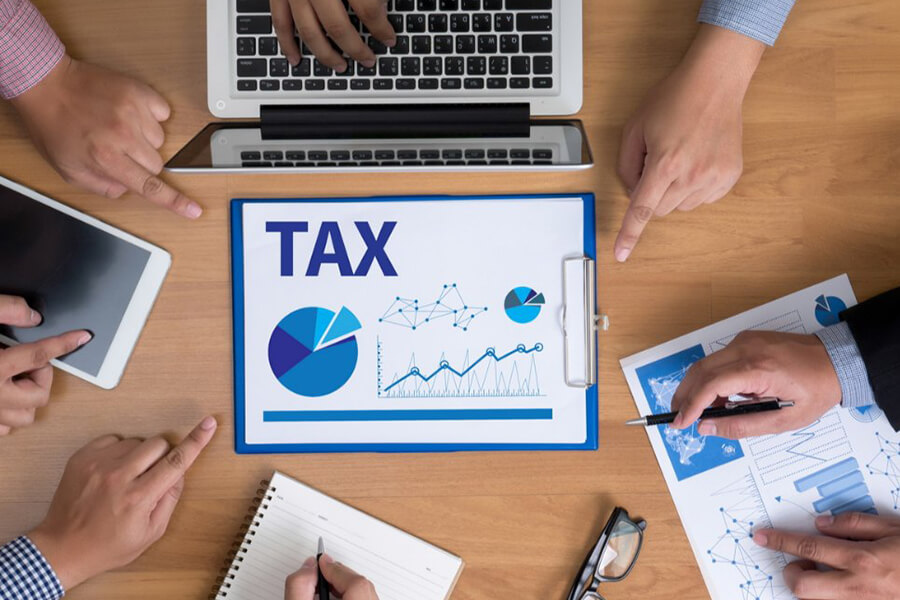
TAX PLANNING & CONSULTANCY
TAX PLANNING & CONSULTANCY
Tax planning is the analysis of a financial situation or plan to ensure that all elements work together to allow you to pay the lowest taxes possible. A plan that minimizes how much you pay in taxes is referred to as tax efficient.
Tax planning refers to savings in taxes with legal means and with making proper investments and fulfilling other requirements, which are available as remedies from central government.
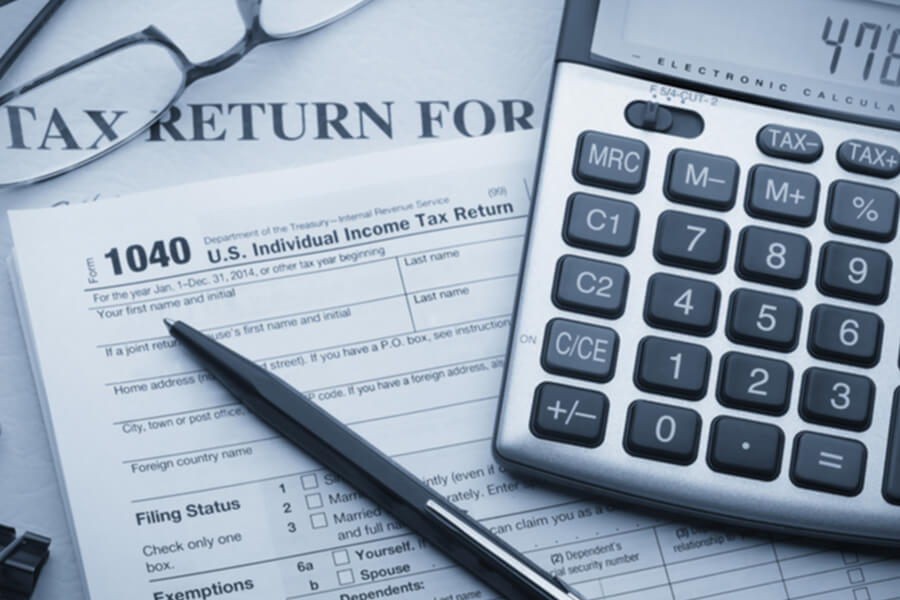
RETURN PREPARATION AND FILING
RETURN PREPARATION AND FILING
Income Tax Return (ITR) is a form which a person is supposed to submit to the Income Tax Department of India. It contains information about the person’s income and the taxes to be paid on it during the year. Information filed in ITR should pertain to a particular financial year, i.e. starting on 1st April and ending on 31st March of the next year.
Income can be of various forms such as :
- Income from salary
- Profits and gains from business and profession
- Income from house property
- Income from capital gains
- Income from other sources such as dividend, interest on deposits, royalty income, winning on lottery, etc.
The Income Tax Department has prescribed 7 types of ITR forms – ITR-1, ITR-2, ITR-3, ITR-4, ITR-5, ITR-6, ITR-7 and applicability of the form will depend on the nature and amount of income and the type of taxpayer.
Below is the list of ITR forms which are most commonly applicable:
| Particulars | Applicability |
| ITR-1 (also called as Sahaj) | To be filed by resident individuals having total income upto ? 50 lacs from following sources : |
- Salary
- One house property
- Other sources excluding winning from lotteries and income from horse races
- Agricultural income upto 5,000
| ITR-2 | To be filed by Individuals and HUFs who are not eligible to file form ITR-1 and don’t have income from profits and gains from business or profession |
| ITR-3 | To be filed by Individuals and HUFs having income from profits and gains from business or profession |
| ITR-4 (also called as Sugam) | To be filed by resident individuals, HUFs and firms (other than LLP) who are residents having total income upto ? 50 lacs and having income from business or profession computed under section 44AD, 44ADA or 44AE |
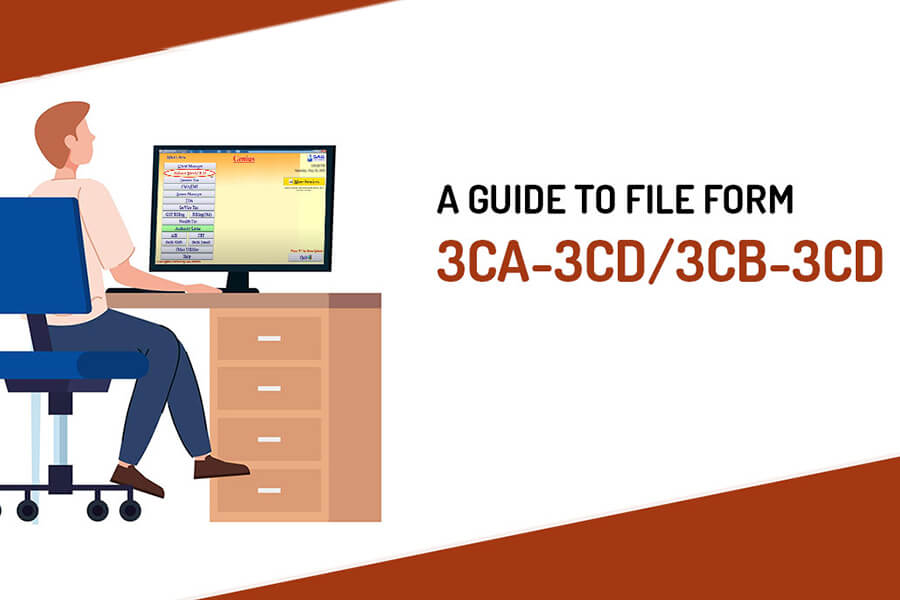
VARIOUS FORMS FILING
VARIOUS FORMS FILING
Income tax complaince requires filing of various types of forms including Audit reports. These forms requires attestation from a Chartered Accountant.
Some of the forms are :
- 3CA/3CB-3CD : These forms are used for filing of Audit report of various entities.
- 15CA/B : This form is used for foreign remittence.
- 10E : This Form is filed to claim deduction in respect of arrier salary received in current year
- 29B : This form is filed for Companies in respect of MAT provisions
- 26QB : This form is used to deduct TDS while purchasing Any Property exceeding 50 Lakh in value by the purchaser.
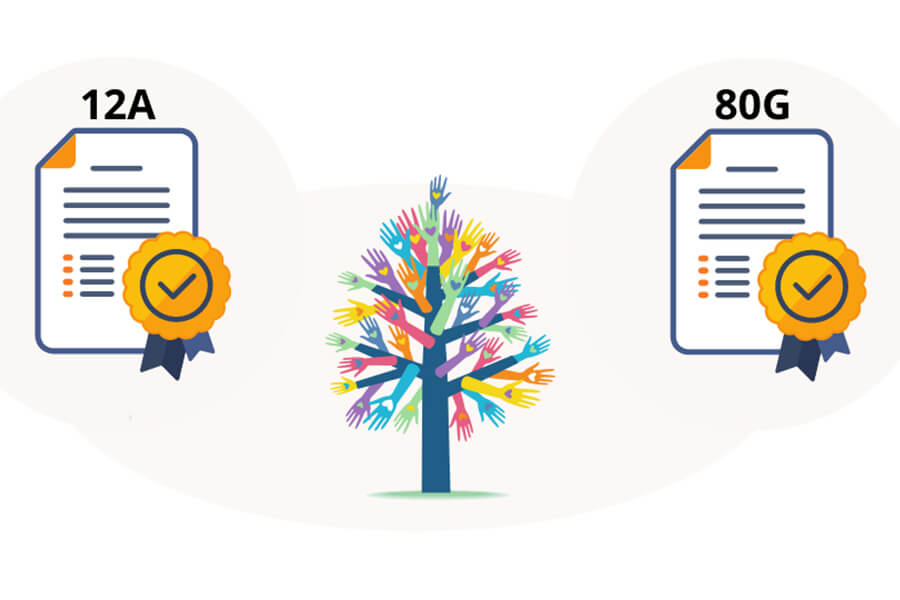
80 G AND 12AA REGISTRATION
80 G AND 12AA REGISTRATION
80G is a certificate that exempts you part or fully from paying taxes, if you have made donations to charitable trusts or section 8 company or organizations that are registered to offer you exemptions from taxes.
The application for 12A and 80G certificate can be filed together or can file separately as well. The application under Section 12A needs to be filed the application under Section 80G. The applications shall be a file with the commissioner of Income Tax having jurisdiction over the institution.
80G Certificate is issued to a non-profit organization or a charitable trust or non-governmental organizations (NGO), or a Section 8 Company by the Income Tax Department.
Organizations who are willing to get registered under Section 12AA needs to file form 10A. Organizations such as Charitable Trusts, Religious Trusts, Societies and Section 8 Companies are eligible to apply for Section 12AA registration.
When the NGO gets enlisted under section 12A, the entire tax of the charitable firm is exempted throughout lifetime. If it gets registered under section 80g, then the donor gets 50% tax rebate of donated amount while giving donation to that NGO.
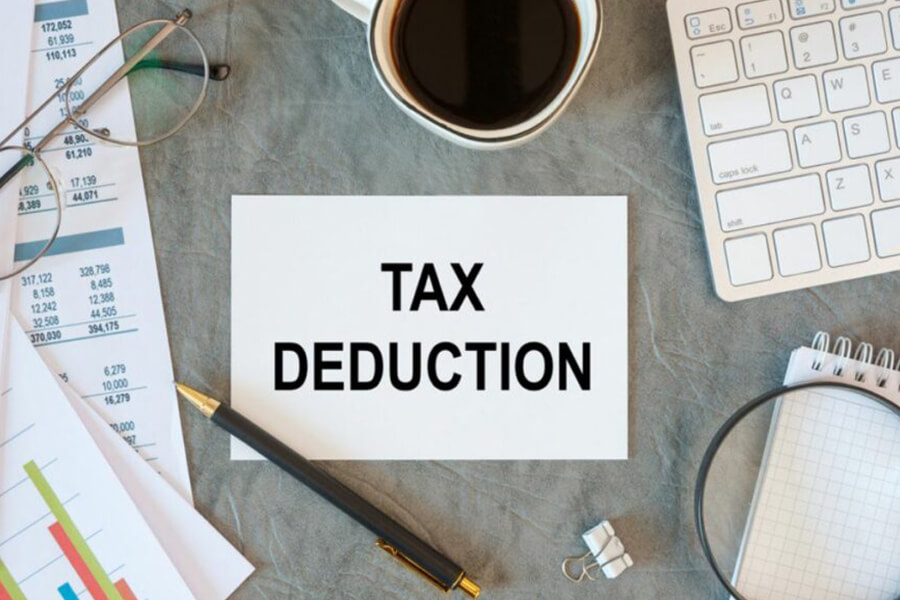
NIL AND LOWER TAX DEDUCTION
NIL AND LOWER TAX DEDUCTION
LDC facilitates the payment of certain sum on deduction of TDS at a lower rate. It ultimately saves the assessee from the repercussions of the higher TDS deduction which cause an imbalance in the working capital requirement of the assessee.
Where a taxpayer believes that its total income justifies withholding of tax at a lower rate, it can apply to the assessing officer for a certificate of withholding tax at a lower rate.
In order to verify the details, go to TRACES website (tdscpc.gov.in/app/login) and login to TRACES Portal using your login credentials and TAN. On logging in to the portal, go to Validate Lower Deduction Certificate u/s 197 under Statements/Payments menu.
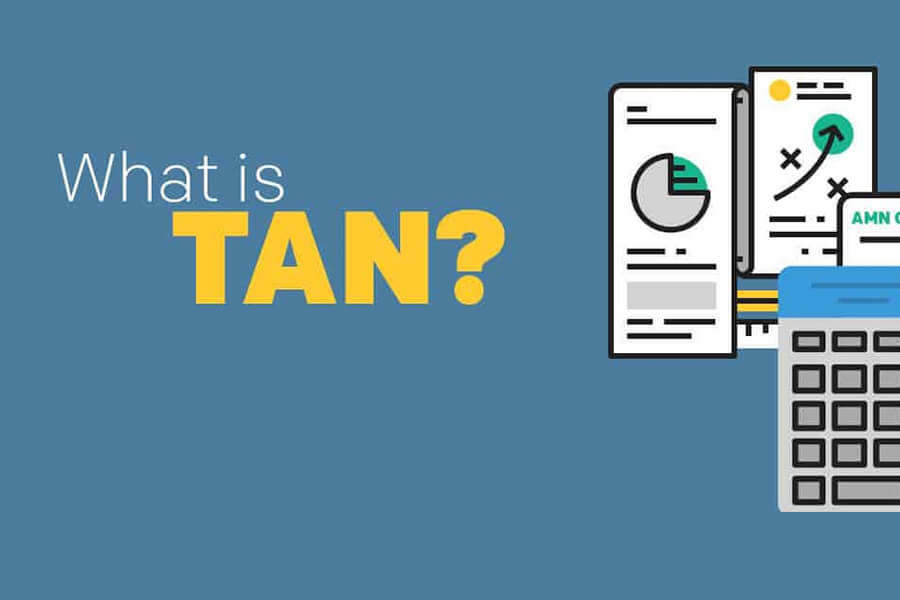
TAN NUMBER
TAN NUMBER
It has to be quoted in TDS/TCS returns, payment challans and certificates that are to be issued. It is used for deductions, such as salary, interest, dividend, etc. It records the address of the person who deducts the tax on behalf of the IT department.
While TAN is a number allocated to tax-deductors, PAN or Permanent Account Number is allotted to taxpayers. PAN is also a 10-digit identity number that is mandated by the Income Tax Department for any individual who carries out financial transactions or pays the Income Tax.
TAN or Tax Deduction and Collection Account Number is a 10 digit alpha numeric number required to be obtained by all persons who are responsible for deducting or collecting tax. It is compulsory to quote TAN in TDS/TCS return (including any e-TDS/TCS return), any TDS/TCS payment challan and TDS/TCS certificates.
The 5th to the 9th digit is numerical. The 10th digit is again a capital letter. For example, a TAN number should look like PDES03028F. Anyone who is liable to deduct TDS from their payments must get a TAN card which they must then quote when issuing payments or getting TDS returns.
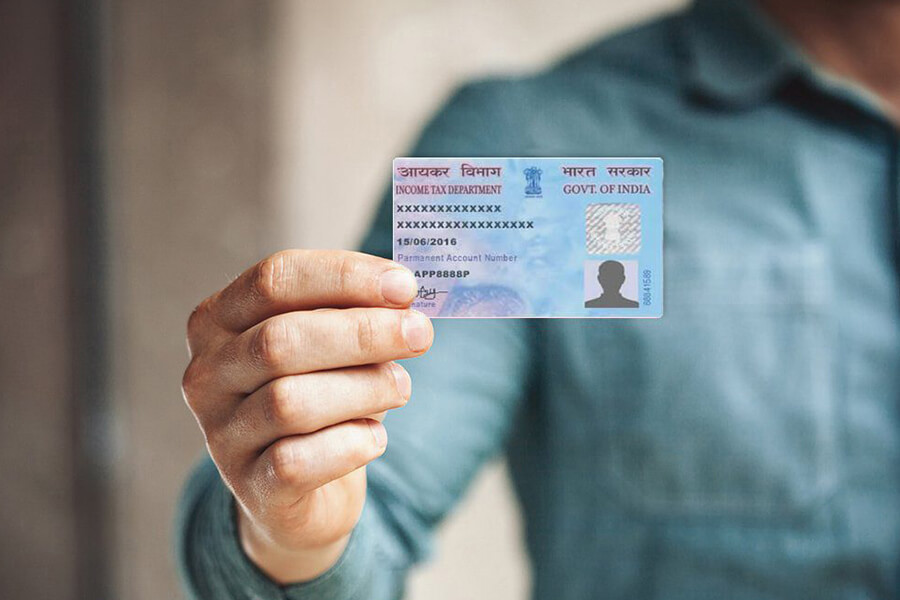
PAN ALLOCATE
PAN ALLOCATE
A permanent account number (PAN) is a ten-character alphanumeric identifier, issued in the form of a laminated “PAN card”, by the Indian Income Tax Department, to any “person” who applies for it or to whom the department allots the number without an application.
PAN stands for “Presence Across Nation”. PAN India Presence simply means when that one is operating at many places in India. To give you an example, if a one company is currently operating from a single place i.e. Gurgaon, but now it is going to start its operations at 10 different locations.
A personal area network (PAN) is a computer network for interconnecting electronic devices within an individual person’s workspace. A PAN provides data transmission among devices such as computers, smartphones, tablets and personal digital assistants. … The reach of a WPAN varies from a few centimeters to a few meters.
PAN card is compulsory and is required for doing most financial transactions. The I-T department has made it mandatory to link your bank account with PAN. The main reason for this is that your income tax refunds will be credited directly to your bank account.

